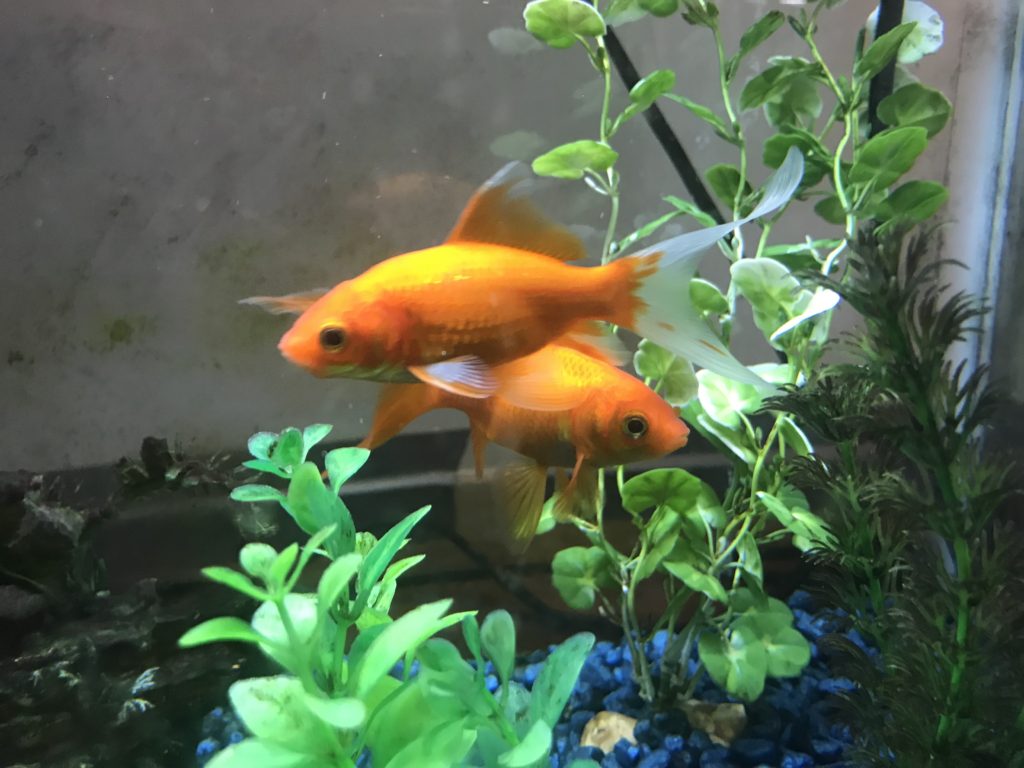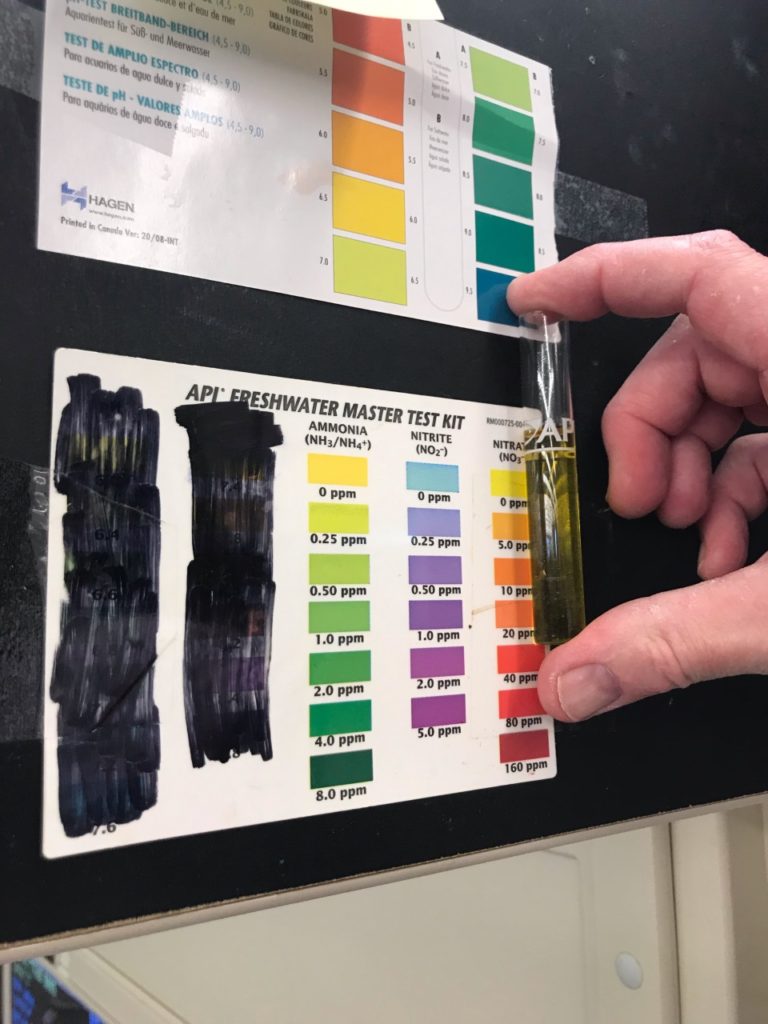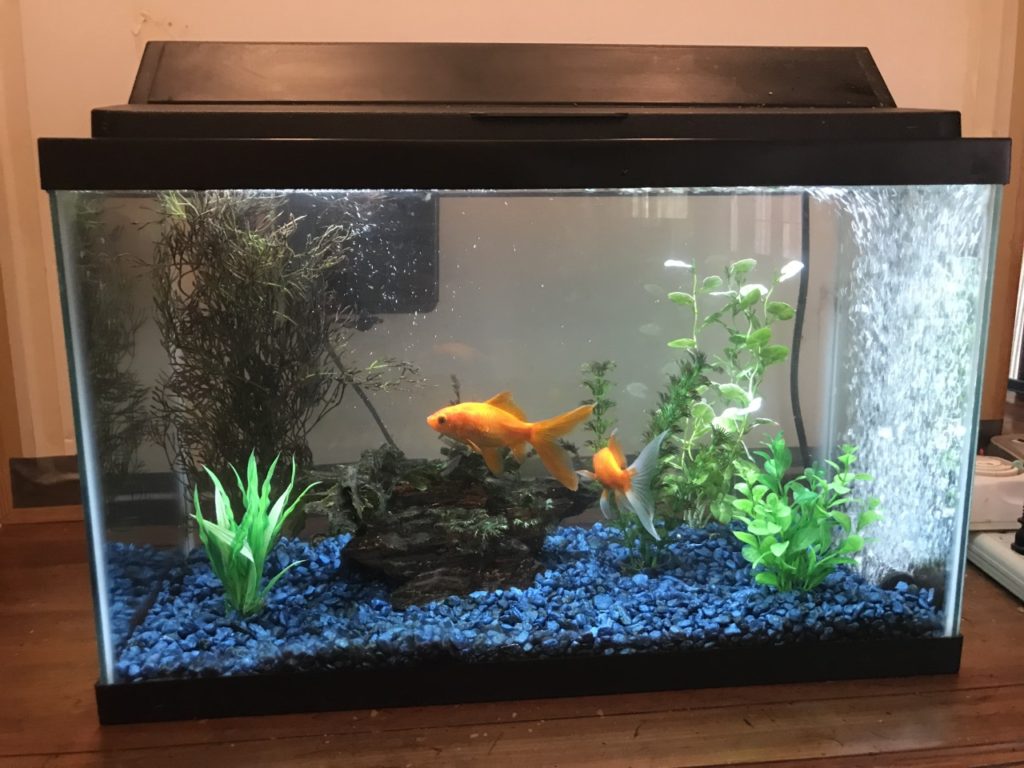
Fish are often stereotyped as the “easiest pets”, but a lot more goes into their care than most people think. The Scoop sat down with Alyssa Edwards, an employee at the Aquarium Shoppe, who taught us how to properly prepare a tank for a freshwater fish.
Step 1: Decide on the type of fish

Every fish has different needs. Which fish you want will determine the tank size and general environment you will need to provide, as well as what kinds of expenses you’ll be dealing with. Decide what kind of environment you want for your tank, whether you want a community of peaceful fish, a more aggressive tank, or somewhere in between. Do your research and make sure you get a tank with more than enough space for all the fish you want.
Step 2: Pick your substrate, filter and heater

The substrate is the material you’ll use to cover the bottom of your tank; “you can use sand, gravel, a lot of people use rocks, or they’ll do a bare bottom.” From there, you’ll want to buy a filter and heater that are right for the tank size you’re getting. Most filters and heaters are labeled with the size of tank they work best for.
Step 3: Fill the tank with dechlorinated water

If you use tap water at this stage, make sure to treat it with a dechlorinator- “Prime is a really good one”- to remove all chlorine and chloramines, as these can be deadly to fish. You can also use purified or distilled water, but these also will require some treatment. Then get your filter and heater going. “You want it set anywhere from 72 to 78 degrees for tropical fish. For stuff like axolotls and goldfish, you’re going to want to keep it colder.”
Step 4: Let the tank cycle

You need to let the filter and heater run while the tank is empty until the chemical levels in the water are just right. This process should take anywhere from two weeks to a month, which is why you don’t want to get the fish first! Test the water frequently (most pet stores will do this for you) and check the ammonia, nitrite and nitrate levels. “Once you start seeing nitrates, you can start adding fish. You’re going to want to either start feeding the tank while it’s empty, or you can get a dead shrimp off someone and leave it in there, because it’s going to get that ammonia going and get the proper bacteria growing in order to create that cycle so that it absorbs the bacteria that the fish are releasing.”
Step 5: Add the fish!

After the water has cycled for awhile, you can finally buy your fish and add them to the tank! “You’re going to want to go slow, no more than two or three fish at a time, and then every week to two weeks you can add more fish. Other than that, you can choose lighting, you can add live plants or fake plants, it’s really whatever you want to make of it.”